Feedback, feedforward, and cascade control are three primary types of control strategies used in process control systems.
Feedback Control
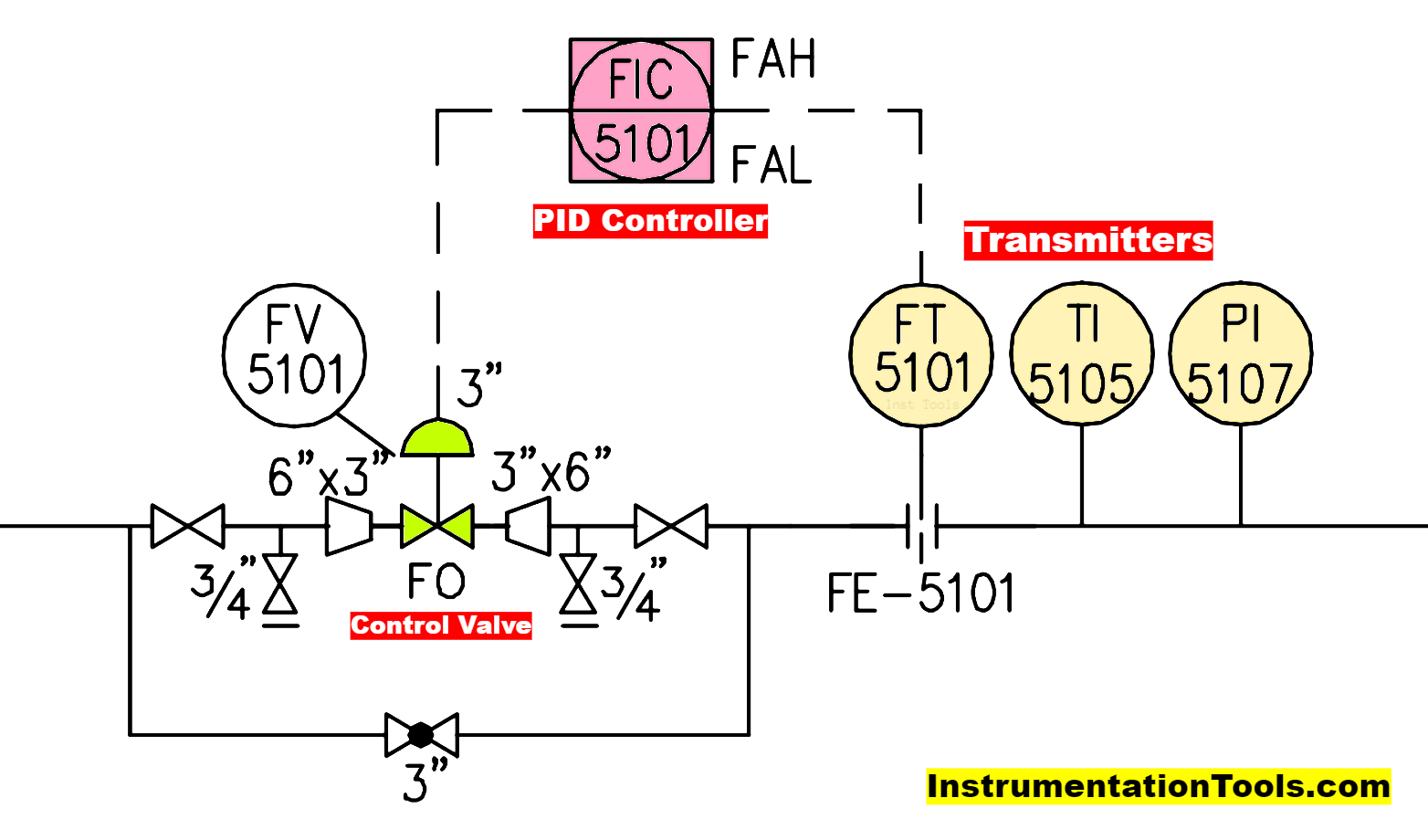
Feedback control is the most common type of control system. In this strategy, the control action is based on the output of the system.
Consider the example of a home thermostat controlling a heating system. The desired temperature (set point) is set on the thermostat. The thermostat measures the actual temperature in the room (the process variable) and compares it to the set point. The difference between the set point and the process variable is the error. If the actual temperature is lower than the set point, the thermostat turns on the heater. When the set point is reached, the thermostat turns off the heater. This is an example of a feedback control system: the output (room temperature) is measured and used to adjust the input (heater on or off).
Feedback control systems can effectively manage disturbances after they affect the process. However, their reactive nature means they can be slow to respond, potentially leading to oscillations around the set point before stabilizing.
Feedforward Control
Unlike feedback control, which reacts to disturbances after they affect the process, feedforward control is a proactive strategy that responds to disturbances before they affect the output. It requires a good understanding of the process and how disturbances affect the output.
Imagine you’re driving a car and see a hill ahead. You know from experience that to maintain your speed, you need to press harder on the accelerator before you start climbing. This is an example of feedforward control: you’re proactively adjusting your input (pressing the accelerator) based on the disturbance (hill) before it affects your output (speed).
Feedforward control can be very effective when the relationship between the disturbance and its effect on the process is well understood. However, it can be less effective if the process is complex or if the disturbance’s impact isn’t accurately predictable.
Cascade Control
Cascade control is a strategy that uses a combination of feedback control loops to control a process. It involves a primary (or master) control loop and one or more secondary (or slave) control loops.
Consider a factory where a machine is used to fill bottles with liquid products. The primary control loop could be set to maintain the desired filling level in each bottle. A secondary control loop could control the flow rate of the liquid into the bottles. If a bottle isn’t filled to the desired level, the primary controller would adjust the set point of the flow rate (the secondary controller) to correct the error. The secondary controller then adjusts the valve controlling the liquid flow.
Cascade control offers several advantages. The secondary control loop can often respond more quickly to disturbances, providing more stable overall control. It can also allow the primary control loop to deal with disturbances it couldn’t manage on its own. However, cascade control systems can be more complex and harder to design and tune than simple feedback or feedforward systems.
Comparison of Feedback, Feedforward, and Cascade Control Systems
| Control Strategy | Description | Example | Advantages | Disadvantages |
| Feedback Control | Responds to disturbances after they affect the process. Measures the output and adjusts the input accordingly. | Reactive, can be slow to respond, and may lead to oscillations. | Simple to design and implement, effective for a wide range of processes. | A driver presses the accelerator before climbing a hill to maintain speed. |
| Feedforward Control | Responds to disturbances before they affect the process. Adjusts the input based on the anticipated effect of disturbances. | Reactive, can be slow to respond and may lead to oscillations. | Proactive, can provide better control performance if the disturbance’s effect is predictable. | Requires a good understanding of the process, less effective for complex processes or unpredictable disturbances. |
| Cascade Control | Uses multiple interacting control loops. A secondary loop can respond quickly to disturbances, and a primary loop can deal with larger, slower changes. | A bottling machine with one control loop for bottle fill level and a second loop for liquid flow rate. | A thermostat controls room temperature. | More complex, harder to design and tune, requires a good understanding of the process. |
Conclusion
The feedback control is reactive and adjusts based on the output, feedforward control is proactive and adjusts based on the disturbances, and cascade control is a hierarchical system with multiple interacting control loops.
Each control strategy has its strengths and weaknesses, and the best choice depends on the nature of the process, the types of disturbances, and the specific control objectives.
If you liked this article, then please subscribe to our YouTube Channel for PLC and SCADA video tutorials.
You can also follow us on Facebook and Twitter to receive daily updates.
Read Next:
- Split Range Control Loop
- Process Control Loop Testing
- How Process Control Loop Works
- Control Loop Objective Questions
- DCS Troubleshooting Valve Loop
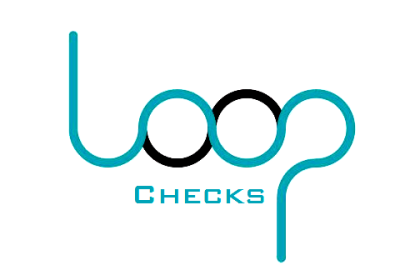

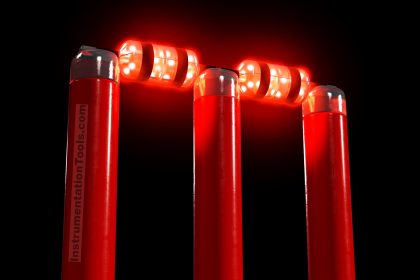
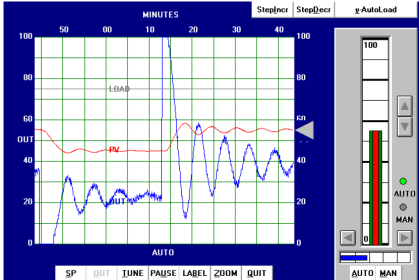
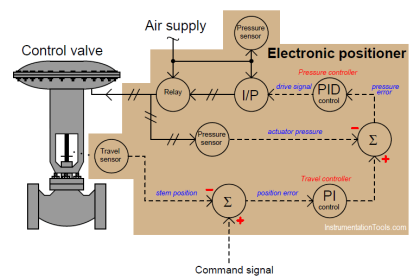
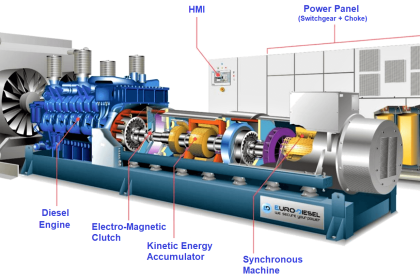
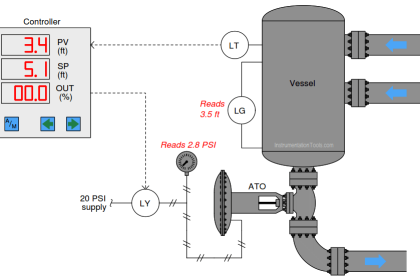
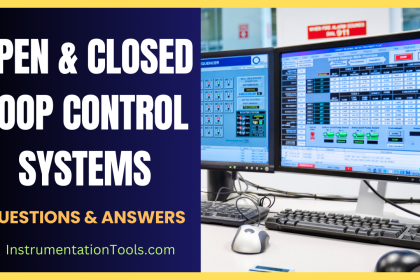



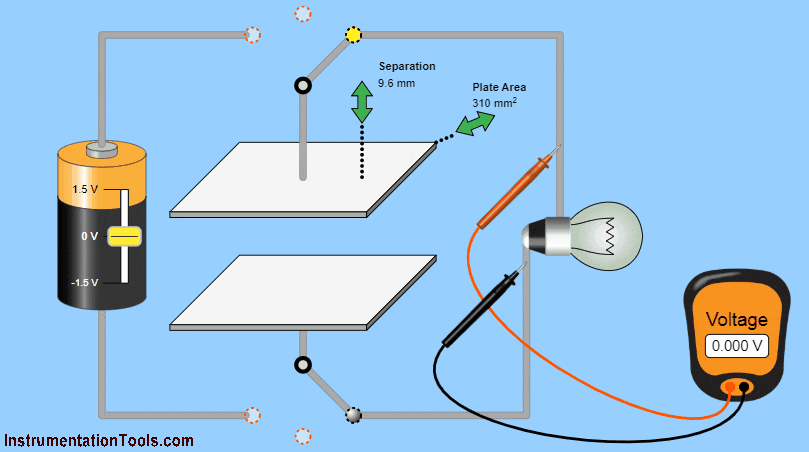

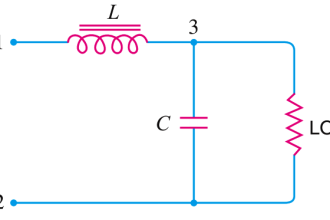

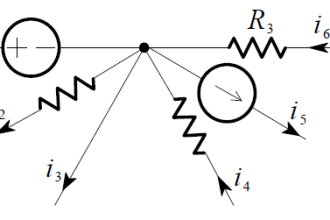

This is interesting and very useful practical information